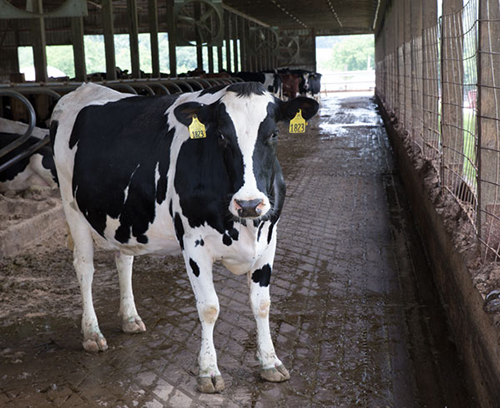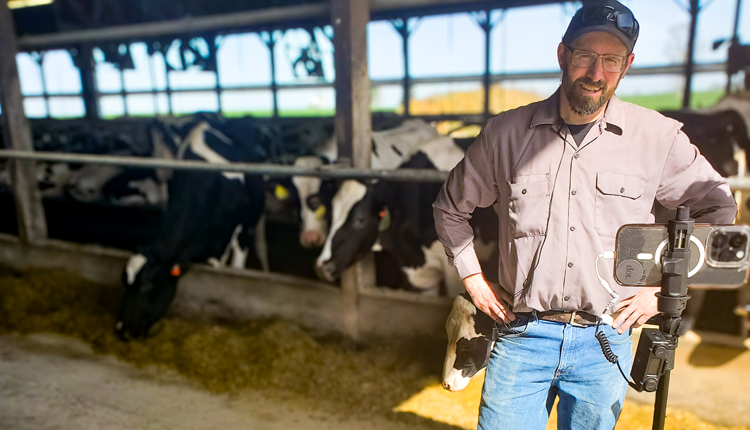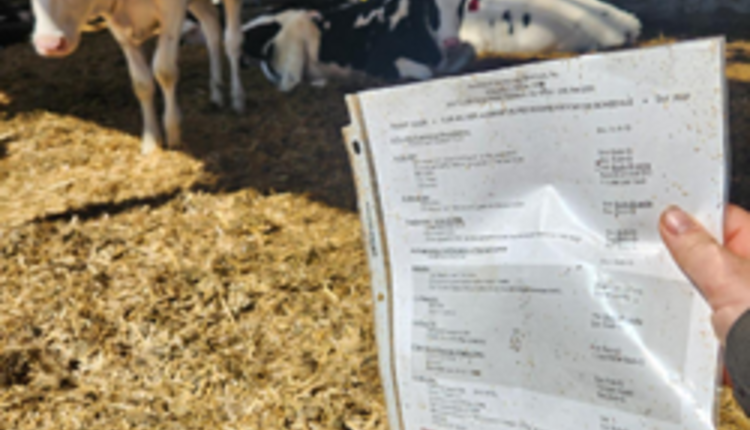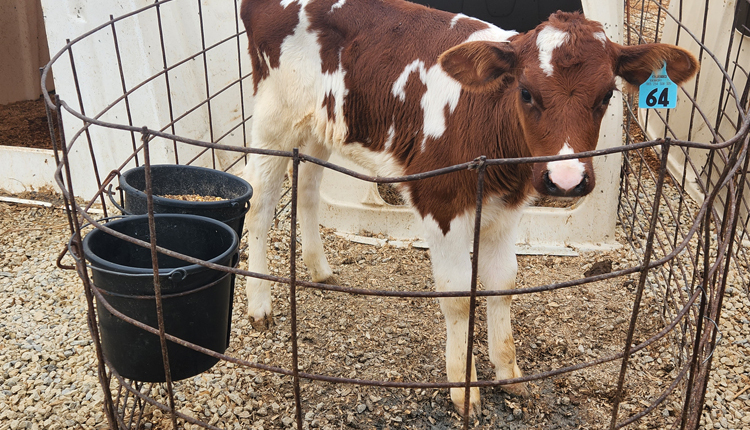
A functional set of feet and legs can be described as one on which a cow can freely move from location to location, spend time standing at the feed bunk and comfortably move in and out of the milking facility. Determining cows' abilities to do these simple tasks begins with locomotion scoring.
A recent study published in the Journal of Dairy Science indicated the most effective mobility traits to score in order to find lame cows in the herd are reluctance to bear weight, asymmetrical gait and arched back. The study utilized the talents of several experienced locomotion scorers finding they most consistently used these traits to determine overall locomotion scores. The other traits evaluated during the study included head bobbing and tracking up, which was defined as the distance between the position of the front and hind foot on the floor in subsequent steps.
Cows that score poorly on such locomotion indicators suffer poor mobility, low feed intake and reduced milk production. They often require immediate trimming attention and special housing or medical care. By scoring all cows in the herd, not just those with severe conditions, producers can monitor whole herd health and identify cows needing attention before they lose intake or production.
The researchers found that even among experienced locomotion scores, much variation existed in identifying and classifying cows that were lame. For the most effective on-farm locomotion scoring, the individual or individuals responsible for scoring should be well-trained to identify scoring categories that are most indicative of lameness. This means training sessions and opportunities to recalibrate the scoring system should be an integral part of the foot and leg health plan.

The author is an associate editor. She covers feeding, milk quality, youth activities and heads up the World Dairy Expo Supplement. Maggie was raised on a 150-cow dairy near Valley Center, Kansas, and graduated from Kansas State University with degrees in agricultural communications and animal sciences.










